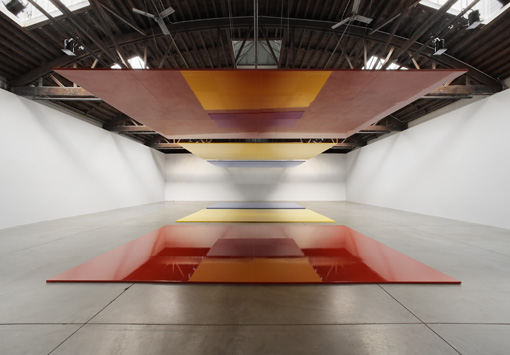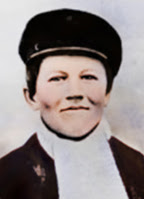
There are many tried and true creative processes that have been developed as well and they too are worth exploring.
 The famous artist/musician David Bowie occasionally speaks about a method he likes to use when writing songs. He writes down words that he finds intriguing and collects them up over time. He then cuts the words up so that each word is on an individual piece of paper. He spreads the words out in front of him and begins to experiment with different; combinations, orders, rhythms and so on. He eventually works these into lyrics, songs and music.
The famous artist/musician David Bowie occasionally speaks about a method he likes to use when writing songs. He writes down words that he finds intriguing and collects them up over time. He then cuts the words up so that each word is on an individual piece of paper. He spreads the words out in front of him and begins to experiment with different; combinations, orders, rhythms and so on. He eventually works these into lyrics, songs and music. |
| . Albrech Durer Wood Cut Leonardo da Vinci |
Dr. Yoshiro Nakamatsu (the famous Japanese inventor) likes to submerge himself underwater with a pad and underwater writing instrument. He feels it helps him think more creatively and he is able to write his thoughts down as they come.
Explore process as you develop your work. Research the processes of people that you respect. Try them, refine them and make your own unique systems to enhance your creativity. It’s always an interesting exercise and it rarely disappoints in producing great results.
In a nut shell
1-Consider new creative processes
2-Analyze your current processes
3-Research other people’s processes
4-Make and use new ones
5-Refine and improve them
Quotes
David Bowie
“There’s nothing more embarrassing than watching somebody who doesn’t love what they do, but does it because they believe that’s the way they’re going to be loved.”
“I've never responded well to entrenched negative thinking.”
Videos
Yoshiro Nakamatsu holds a world record for receiving the most patents (over 3000). From the karaoke machine to the DVD he has played a major role in many of the inventions we are all familiar with. In the following video clip he shares one of his techniques for promoting “higher” inventive thinking. It’s a clip from the documentary The Invention of Dr Nakamats. He’s funny but he’s no joke.
Daniel Rozin is an interactive digital artist. He creates installations and sculptures that respond to the viewer in very unique ways. He is also the owner of Smoothware Design, a software company that makes his interactive art possible.














